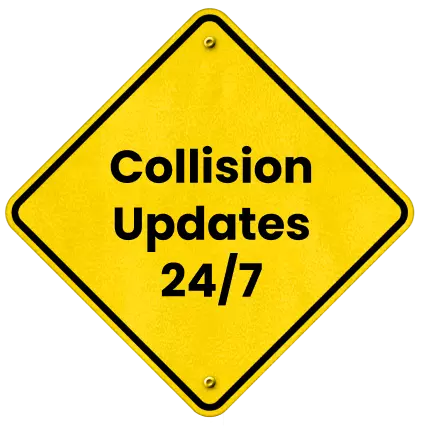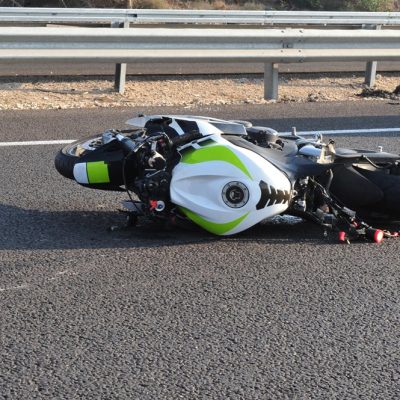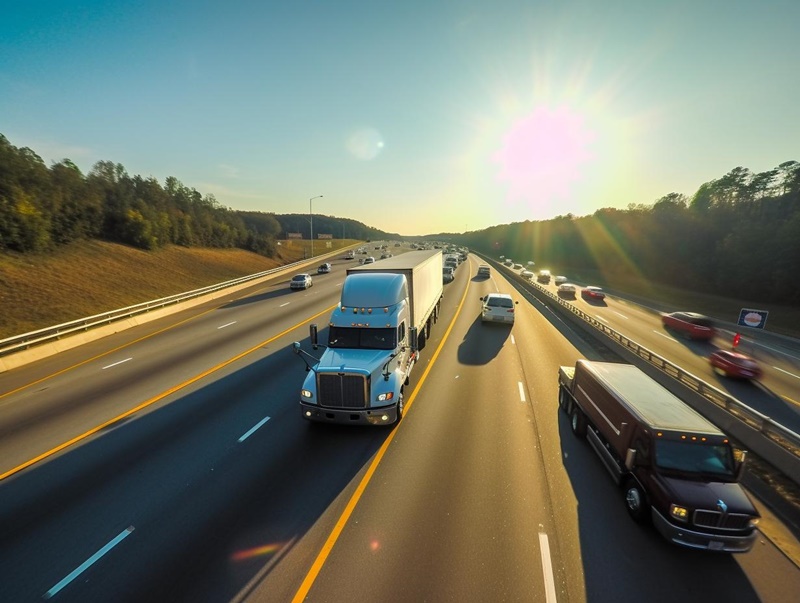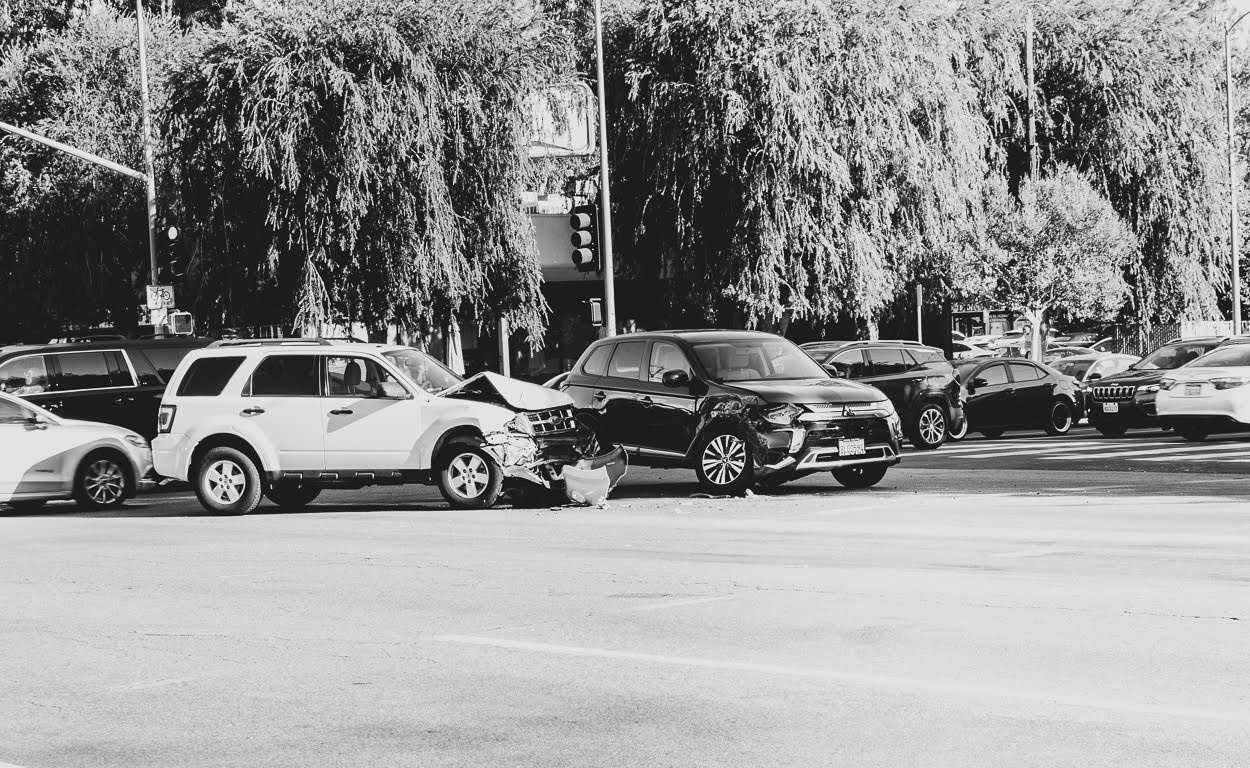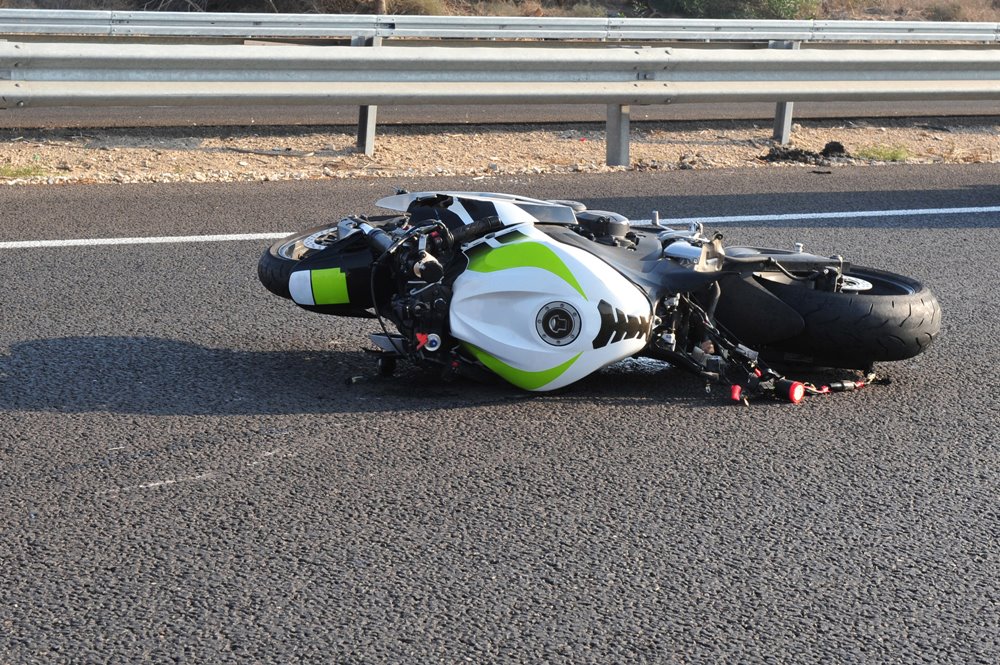
Motorcycle Low‑Side vs. High‑Side Crashes on I‑5: Which Are More Dangerous?


Motorcyclists traveling along Interstate 5 (I‑5) face a variety of hazards, from heavy urban traffic to winding rural segments. Among the risks, low‑side and high‑side crashes are two of the most common and potentially dangerous types of motorcycle accidents. Understanding the differences between these crashes, their causes, the types of injuries they produce, and the legal implications is essential for riders navigating the busy California, Oregon, and Washington stretches of I‑5.
Both low‑side and high‑side crashes can happen in urban corridors like the I‑5 through Seattle and Portland, as well as on rural stretches south of Los Angeles or near the Sacramento delta. While low‑side crashes typically result in the bike sliding out from under the rider, high‑side crashes involve the rider being violently thrown over the bike, often causing more severe injuries.
Comparing the dynamics, causes, and outcomes of each crash type allows riders to adopt better preventive strategies and ensures those involved understand how to protect themselves legally and medically.
Understanding Low‑Side and High‑Side Crashes
A low-side crash occurs when a motorcycle slips out from under the rider, usually while navigating a turn or curve. In these situations, both the rider and the motorcycle slide along the roadway after losing traction. This loss of traction can result from factors such as wet pavement, oil slicks, loose gravel, or improper cornering technique. Because the rider often stays close to the motorcycle during the slide, low-side crashes may sometimes result in less severe impacts than other types of accidents. However, they can still lead to painful injuries like abrasions, fractures, and road rash.
High-side crashes, in contrast, are typically far more violent and dangerous. These accidents occur when the motorcycle’s rear wheel loses traction and then suddenly regains it, throwing the rider off the bike with great force. This can happen when a rider overcorrects a skid, hits an unexpected patch of debris, or accelerates too abruptly while sliding. The sudden ejection often causes the rider to be thrown into the air, leading to severe injuries such as broken bones, head trauma, or spinal damage after striking the pavement, guardrails, or other vehicles.
Along I-5, several roadway factors contribute to both low-side and high-side crashes. Debris such as gravel, tire treads, and leftover construction materials frequently litters the highway, posing a serious hazard to riders. Oil and other fluids that spill from vehicles can make road surfaces dangerously slick, particularly on curves or exit ramps. Tight turns and interchange ramps—especially those in busy metropolitan areas like Los Angeles, Portland, and Seattle—also increase the risk of losing control. In the northern sections of the I-5 corridor, wet weather conditions add another layer of danger, as rain can make bridges and shaded overpasses extremely slippery. Finally, the high-speed stretches of rural I-5 often encourage faster riding, which magnifies the consequences of even minor traction loss.
Injuries and Severity: Low‑Side vs. High‑Side Crashes
Both crash types can result in serious injuries, but high‑side crashes are generally more dangerous due to the rider being ejected from the bike. Low‑sides often produce abrasions, minor fractures, and joint injuries because the rider remains close to the bike, sometimes sliding with it. High‑sides, however, can cause traumatic brain injuries, spinal cord damage, internal injuries, and severe limb fractures due to the airborne ejection and hard impact.
Key Injury Differences:
- Low‑side crashes: road rash, bruises, broken fingers or wrists, and minor head injuries if wearing a helmet.
- High‑side crashes: concussions, skull fractures, spinal injuries, compound fractures, internal bleeding.
Both types require immediate medical attention, even if injuries appear minor initially. Delayed symptoms such as whiplash or internal bleeding are common and may affect recovery or insurance claims.
Preventive Measures for I‑5 Riders
While not every accident can be prevented, motorcyclists can greatly reduce the risk of both low-side and high-side crashes by practicing proper technique, staying alert, and wearing appropriate safety gear.
Maintaining tires in good condition is one of the most important safety measures. Adequate tread depth and correct tire pressure help ensure strong traction, particularly on wet or oily surfaces. Riders should also adjust their speed when approaching curves and ramps, as slower speeds significantly decrease the chance of losing traction. Smooth, controlled acceleration and braking are equally vital, since sudden inputs can cause the rear tire to lose grip and lead to a crash.
Staying vigilant for potential hazards is another key habit. Motorcyclists should continuously scan the road for gravel, oil spots, and debris—especially in high-risk areas such as the Sacramento delta curves or the I-5 ramps in Los Angeles, where conditions can change quickly. It’s also essential to ride within one’s personal skill limits and avoid attempting aggressive lean angles or high-speed maneuvers that exceed experience or confidence levels.
Finally, wearing full protective gear is critical to rider safety. A properly fitted helmet, armored jacket, gloves, pants, and boots can greatly minimize injuries in both low-side and high-side incidents, providing crucial protection in the event of a fall or collision.
Legal and Insurance Considerations After I‑5 Crashes
Motorcycle crashes along I‑5, whether low‑side or high‑side, can involve complex liability issues, especially if other vehicles, commercial trucks, or poorly maintained roads contribute to the accident.
Understanding insurance coverage and legal options is critical for protecting both financial and medical interests. Comprehensive and collision coverage ensures that repair costs and replacement motorcycles are covered regardless of fault, while medical payments or personal injury protection (PIP) helps cover immediate treatment for riders and passengers.
Documenting the scene with photos, videos, witness statements, and police reports is crucial for supporting insurance claims. In some cases, third-party liability may come into play, such as negligence in construction zones, poorly maintained ramps, or reckless drivers, and an experienced I‑5 motorcycle accident attorney can help investigate these scenarios.
Legal representation is also essential for preserving evidence, negotiating with insurers, and pursuing compensation for injuries and damages. Even low‑side crashes may involve other vehicles or road conditions that make legal guidance advisable, while high‑side crashes, due to their severity, almost always require professional legal support to navigate claims effectively.
Recovery and Rehabilitation After Motorcycle Crashes
Recovery after a motorcycle crash depends largely on the type and severity of the accident. Riders involved in low-side crashes may be able to resume normal activities sooner, though they often still require physical therapy to address fractures, sprains, or soft tissue injuries. Those who experience high-side crashes typically face longer recovery periods that may involve hospitalization, surgery, and extensive rehabilitation.
Following medical advice is essential during recovery. Attending all prescribed physical therapy sessions helps restore mobility and strength while preventing long-term complications. Maintaining a healthy lifestyle—through balanced nutrition, proper hydration, and adequate rest—also supports the body’s natural healing process. Keeping detailed records of medical treatments, expenses, and follow-up visits can be invaluable when dealing with insurance or legal claims.
Emotional recovery is just as important as physical healing. Staying connected with supportive family members, friends, or rider groups can provide encouragement and perspective throughout the process. For riders with severe injuries, long-term disabilities, or complex liability concerns, consulting an attorney early on ensures that their rights are protected and potential compensation is pursued.
In more serious cases, such as high-side crashes, recovery may take several months or longer. Legal claims can help cover not only medical expenses and lost income but also ongoing rehabilitation and future care needs, offering financial stability during a challenging period.
Legal Support After Crashes on I‑5
Both low‑side and high‑side crashes are dangerous, but high‑side incidents generally pose a higher risk for severe injuries due to the rider being thrown from the motorcycle. Understanding the causes, from oil and debris to curves and ramp merges, allows riders to take preventive measures. Proper PPE, defensive riding, and awareness of hazardous segments on I‑5, including urban interchanges and rural curves, reduce the likelihood of both crash types.
If you are involved in a motorcycle crash on I-5, legal guidance ensures your rights are protected, evidence is preserved, and you can pursue appropriate compensation for injuries, vehicle damage, and related losses. Get in touch today with a skilled motorcycle accident attorney to get the support you need.

